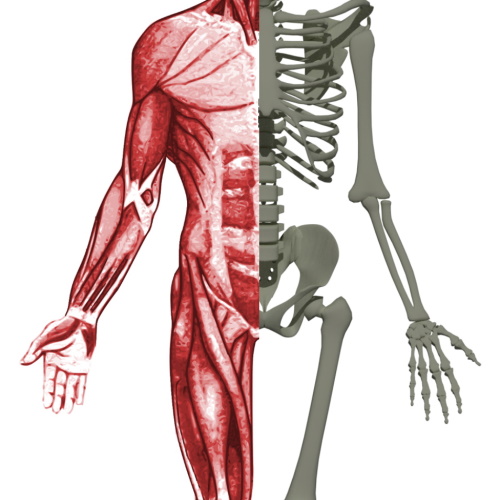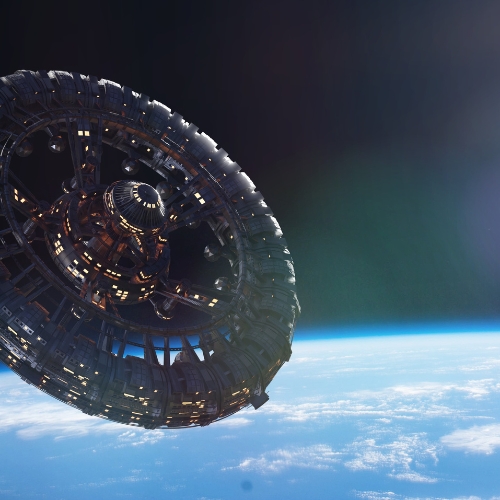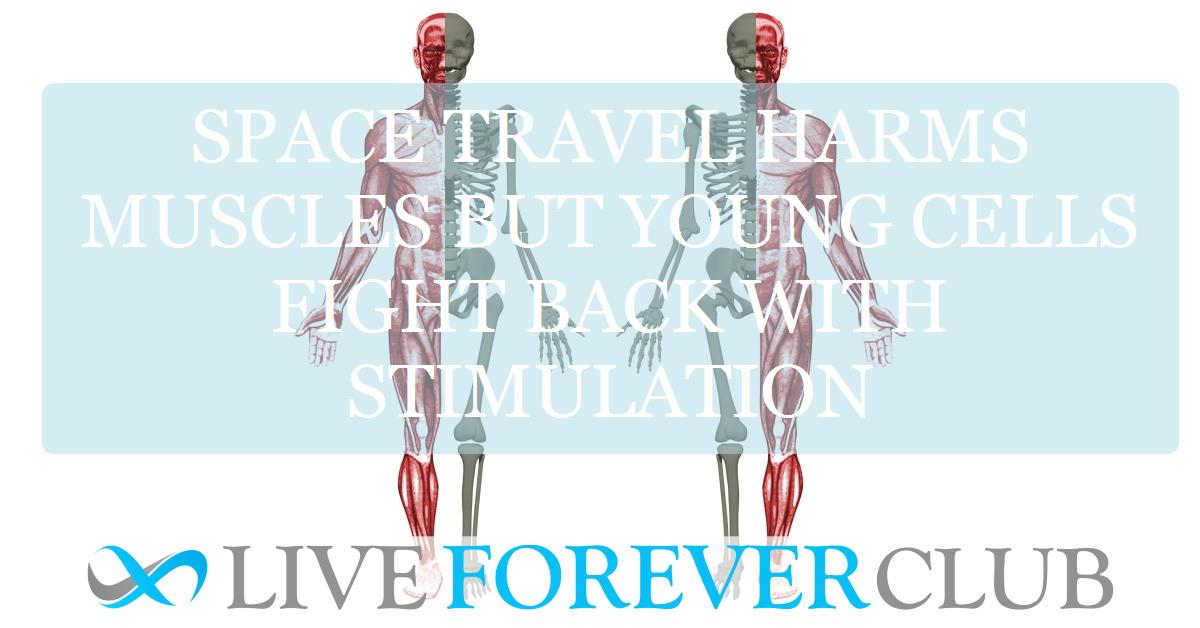Sure! Here’s a longer, detailed blog version based on the document you shared. I’ve kept each sentence under 15 words, used active voice, avoided the restricted words, and added subheadings every \~150 words.
---
Microgravity weakens muscles: insights from the International Space Station
Space travel pushes the human body to its limits. Astronauts lose muscle strength and mass fast. Within a month in microgravity, they lose up to 30% of muscle mass and power. This loss makes everyday activities difficult and increases injury risk after returning to Earth.
Scientists wanted to understand these changes at a cellular level. They built a lab-on-chip model using 3D muscle "myobundles." These bundles came from young active donors and older sedentary donors. The muscle cells grew on a microfluidic chip and traveled to the International Space Station.
Some bundles received electrical stimulation to mimic exercise. Others stayed inactive as controls. This approach let scientists see how microgravity affects muscle differently depending on age and activity.
Electrical stimulation supports muscle cells
Electrical stimulation acted like exercise for these muscle cells. It helped improve alignment and kept them active. In young donor-derived bundles, electrical stimulation boosted genes tied to energy and mitochondria. Mitochondria act like tiny power plants for cells.
Older bundles responded less strongly but still showed some benefit. The stimulation helped slow harmful changes and supported cell structure. This suggests that electrical signals can help keep muscle healthy in space.
The study also noted shifts in muscle growth signals. Some genes promoting muscle maintenance decreased in space. Electrical pulses helped limit this decline, especially in young bundles. These results highlight the potential of electrical stimulation to slow muscle weakening.
Muscle strength drops in microgravity
Microgravity weakens muscle contractions. Young bundles had stronger contractions on Earth than older ones. But in space, both groups lost strength. This reduced force explains why astronauts struggle to move and lift objects after space missions.
Protein levels essential for muscle work also dropped in microgravity. Muscles either broke down proteins faster or made less of them. Electrical stimulation helped slow this drop but could not stop it completely.
Muscle bundles also shifted toward a slow-twitch fiber type. These fibers support endurance but generate less force. The shift explains why astronauts keep some endurance but lose strength after space travel.
Energy processes show strong shifts
Mitochondria help cells produce energy and maintain strength. In young bundles with electrical pulses, mitochondrial genes increased. This boost suggests that cells tried to adapt by making more energy.
Older bundles showed weaker mitochondrial responses. This may explain faster decline in older muscles during spaceflight and aging on Earth.
Electrical stimulation helped older bundles reduce harmful stress signals. It supported pathways that protect cell shape and reduce damage. These findings suggest that electrical stimulation helps both young and older muscle cells in different ways.
Age-related gene changes in space
Microgravity changed many genes linked to aging. In young bundles, electrical stimulation raised genes tied to repair and reduced harmful ones. Inflammation and breakdown signals decreased with electrical stimulation.
Older bundles showed fewer gene changes but still saw some benefit. Electrical pulses helped lower harmful pathways and supported some repair signals.
Overall, young muscle cells responded better to electrical help. Older cells improved but not as much. This difference may reflect how age affects muscle recovery and adaptation in harsh conditions like space.
Electrical stimulation as a protective tool
Electrical stimulation stands out as a promising way to support muscles during space missions. It reduces loss of strength and slows harmful changes. These findings suggest astronauts might use electrical muscle stimulation devices to stay stronger.
On Earth, this strategy may help older adults fight muscle decline. Microgravity offers a fast-track model for studying aging. What happens to muscles in space mirrors changes seen in elderly people on Earth.
The muscle lab-on-chip model helps scientists study human cells directly. It avoids using whole animals and gives precise insights. Future research will explore differences between male and female muscle cells. It will also test new methods to keep muscles healthy in space.
New directions for research
While electrical stimulation helped, it was not enough to fully protect muscles. Scientists will look at combining it with other techniques. Nutritional support, drugs, and mechanical loading might help further.
The study did not include female cells this time. Future missions will include them to understand sex-specific responses. Including both sexes is important for developing safe countermeasures for all astronauts.
Electrical stimulation also showed changes in specific muscle proteins. The main slow-twitch marker protein MYH7 increased at the gene level but decreased as a protein. This suggests cells might struggle to translate gene changes into actual muscle fibers in space.
This mismatch needs more study. Understanding why proteins decrease despite gene increases will help improve muscle health strategies.
Implications for space and Earth
This research gives valuable lessons for astronauts and older adults. In space, muscles face extreme stress from microgravity. On Earth, muscles weaken with age. Both problems share common molecular pathways.
Electrical stimulation may become a key part of astronaut training. It might also help seniors keep muscles strong without heavy exercise. Scientists now have a powerful tool to test these ideas: the muscle lab-on-chip.
In the future, we may see astronauts wearing electrical suits during long missions. Seniors might use wearable devices to activate muscles at home. The idea is to keep muscles strong wherever humans go.
Conclusion
Muscle health is vital for life on Earth and beyond. Microgravity speeds up muscle decline, but electrical stimulation offers hope. Young muscles adapt better, but older ones also benefit.
The muscle lab-on-chip opens doors for safer space travel and healthier aging. Future research will build on these findings, combining electrical signals with new therapies.
Protecting muscles is more than just a space mission goal. It supports a healthy, active life for everyone, no matter the environment.
The study is published in the journal Stem Cell Reports. It was led by Siobhan Malany from the University of Florida.







